Water scientists from Australia and China have proposed a more effective method of removing organic pesticides from drinking water, reducing the risk of contamination and potential health problems.
Tag: Wastewater
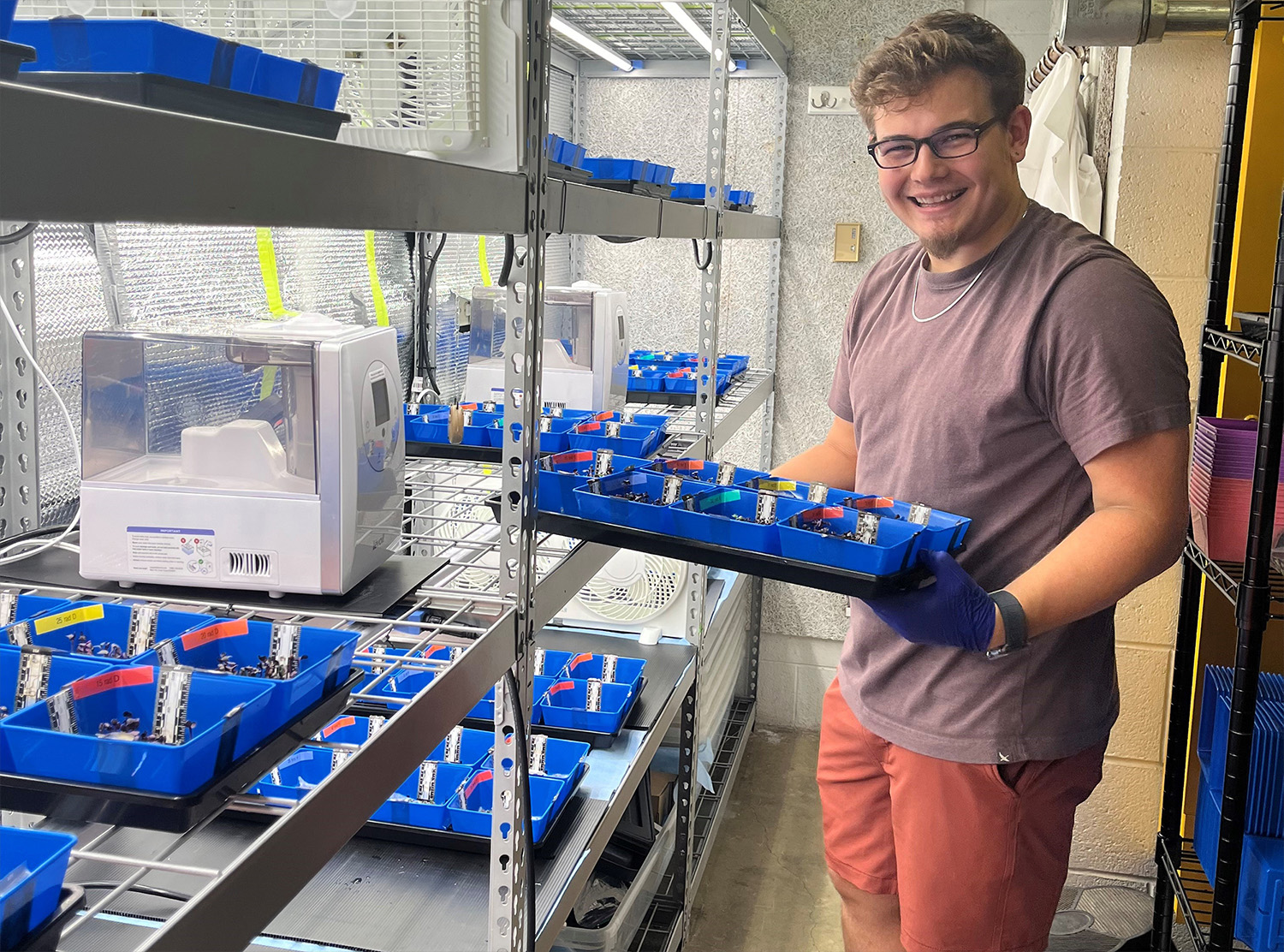
Wastewater is a viable medium for growing lettuce in hydroponic systems, study shows
Urban agriculture has the potential to improve food security through local, efficient, and sustainable food production. Examples of urban food systems include hydroponics, where plants grow in a nutrient solution without soil, and aquaponics, which combines hydroponics with raising fish in tanks.
Making batteries takes lots of lithium. Almost half of it could come from Pennsylvania wastewater.
A new analysis using compliance data from the Pennsylvania Department of Environmental Protection suggests that if it could be extracted with complete efficiency, lithium from the wastewater of Marcellus shale gas wells could supply up to 40% of the country’s demand. The research is by University of Pittsburgh and National Energy Technology Laboratory scientists.
Crackdown on illicit drugs detects rise in ‘designer’ drug substitutes
As authorities crack down on illicit drugs, University of South Australia experts have issued an alert on the use of the synthetic stimulant pentylone, as new research finds a 75% increase in detections across Australia.

Research grant aimed at improving wastewater monitoring for diseases in rural Appalachian communities
Testing wastewater to assess the spread of the COVID-19 virus became common and well-publicized during the pandemic, but it has been focused mostly on urban areas.
Detecting hepatitis viruses in wastewater
In addition to collecting water samples from the Rhine-Herne canal and the Emscher river over the course of a year, Fiona Rau had access to further wastewater samples from 21 sewage treatment plants in NRW.
Transforming wastewater into valuable chemicals with sunlight
Researchers led by Prof. GAO Xiang from the Shenzhen Institute of Advanced Technology (SIAT) of the Chinese Academy of Sciences and Prof. LU Lu from the Harbin Institute of Technology have proposed a novel method to transform wastewater contaminants into valuable chemicals using sunlight, thus paving the way for sustainable and eco-friendly chemical manufacturing.
Wastewater surveillance research provides a 12-day lead time for RSV season: new study
In a first-of-its-kind study, researchers using wastewater surveillance over conventional indicators have predicted the start of the annual respiratory syncytial virus (RSV) season 12 days early.
Wastewater detects signs of antimicrobial resistance in aged care
A new study published today, analysing wastewater samples from several aged care facilities and retirement homes, has uncovered worrying signs of antimicrobial resistance (AMR), a concerning trend in aged care facilities.
Zapping municipal waste helps recover valuable phosphorus fertilizer
One of humankind’s most precious fertilizers is slipping away. Phosphorus, which today comes mostly from nonrenewable reserves of phosphate rock, typically winds up in municipal waste streams. In the best cases, wastewater treatment plants sequester about 90% of that phosphorus in “sludge” and decompose that sludge into something known as digestate.
Treating Polluted Water with Nanofiber Membranes
In Biointerphases, researchers develop a fabrication method to increase the efficacy and longevity of membrane separation technology. The team created a nanofibrous membrane with electrospinning, in which a liquid polymer droplet is electrified and stretched to make fibers, and increased the roughness of the membrane surface by loading it with silver nanoparticles. In water, this rough surface promotes a stable layer of water, which acts as a barrier to prevent oil droplets from entering the membrane. The technology is greater than 99% effective at separating a petroleum ether-in-water emulsion.
Wastewater more potent breeding ground for antibiotic resistance than previously known
Wastewater is a more potent environment for antibiotic resistance to evolve than previously known.
Wastewater samples show the dramatic effects of tough love on codeine addicts as consumption plunges
Wastewater sampling has shown the significant impact of removing the strong painkiller codeine from pharmacy counters to a prescription-only medication since 2018 in Australia. The move has led to a 37 per cent drop in codeine use, cutting dependency and potentially saving lives.
COVID-19 impacts found in unexpected places
Researchers find correlation between medications in sewage treatment plants and hospital data
Cleaner wastewater makes for healthier rivers
After Canadian cities upgraded their wastewater treatment plans, the amount of damaging nutrients released into rivers plummeted. The result: a major improvement in river health.
Before test results, signs of COVID-19 are in water systems
A new study from the Lab of Fangqiong Ling at the McKelvey School of Engineering will help facilitate the exchange of data and results between engineers and medical researchers, leading to a more robust understanding of the relationships between viruses moving through the engineered world and diseases spreading through populations.

Monitoring a Community’s Wastewater for Polio and Other Diseases: Expert Available
With the recent outbreak of polio in Rockland County, New York, how important is monitoring a community’s wastewater to determine where a possible pandemic or healthcare issue may be occurring or originating? Stony Brook University Research Associate Professor & Associate…
How Wastewater Surveillance Can Mitigate Monkeypox Spread: Expert Available
Just when it seemed like we could sit back and breathe a sigh of relief from declining COVID-19 rates in Nevada, another virus started making headlines: Monkeypox. Local COVID cases have been on a downward trajectory for more than a month. But a wastewater surveillance program led by UNLV Kirk Kerkorian School of Medicine professor and infectious disease expert Edwin Oh has started tracking monkeypox,making Southern Nevada among the first few metropolitan areas nationwide to begin searching the sewers for the emerging virus.
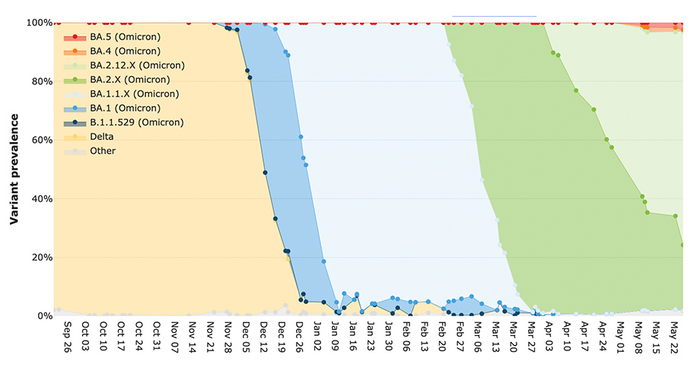
Scientists develop tools for early detection of SARS-CoV-2 variants in wastewater
New tools developed at Scripps Research and UC San Diego are helping public health officials around the world get vital information about pathogen variants from wastewater.
Combining sunlight and wastewater nitrate to make the world’s No. 2 chemical
Engineers at the University of Illinois Chicago have created a solar-powered electrochemical reaction that not only uses wastewater to make ammonia — the second most-produced chemical in the world — but also achieves a solar-to-fuel efficiency that is 10 times better than any other comparable technology.
‘Flushing’ out drug use trends early in the COVID-19 pandemic
The COVID-19 pandemic drastically affected people’s lives, especially early on. Today, scientists report that wastewater analysis identified drugs that people turned to for relief and those that plummeted in use, between March and June 2020. They will present their results at ACS Fall 2021.
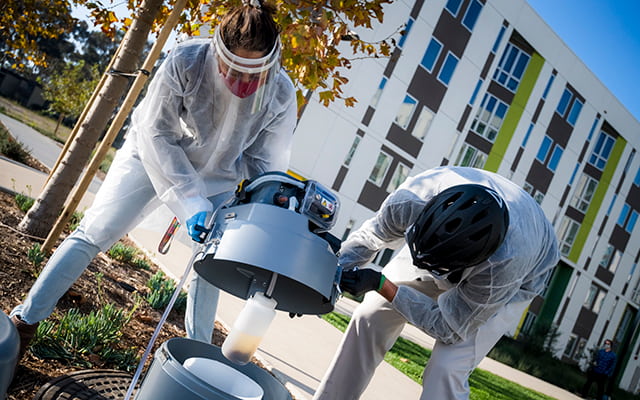
Most of UC San Diego’s COVID-19 Cases Detected Early by Wastewater Screening
Part of UC San Diego’s Return to Learn program, wastewater screening helped prevent outbreaks by detecting 85 percent of cases early, allowing for timely testing, contact tracing and isolation.
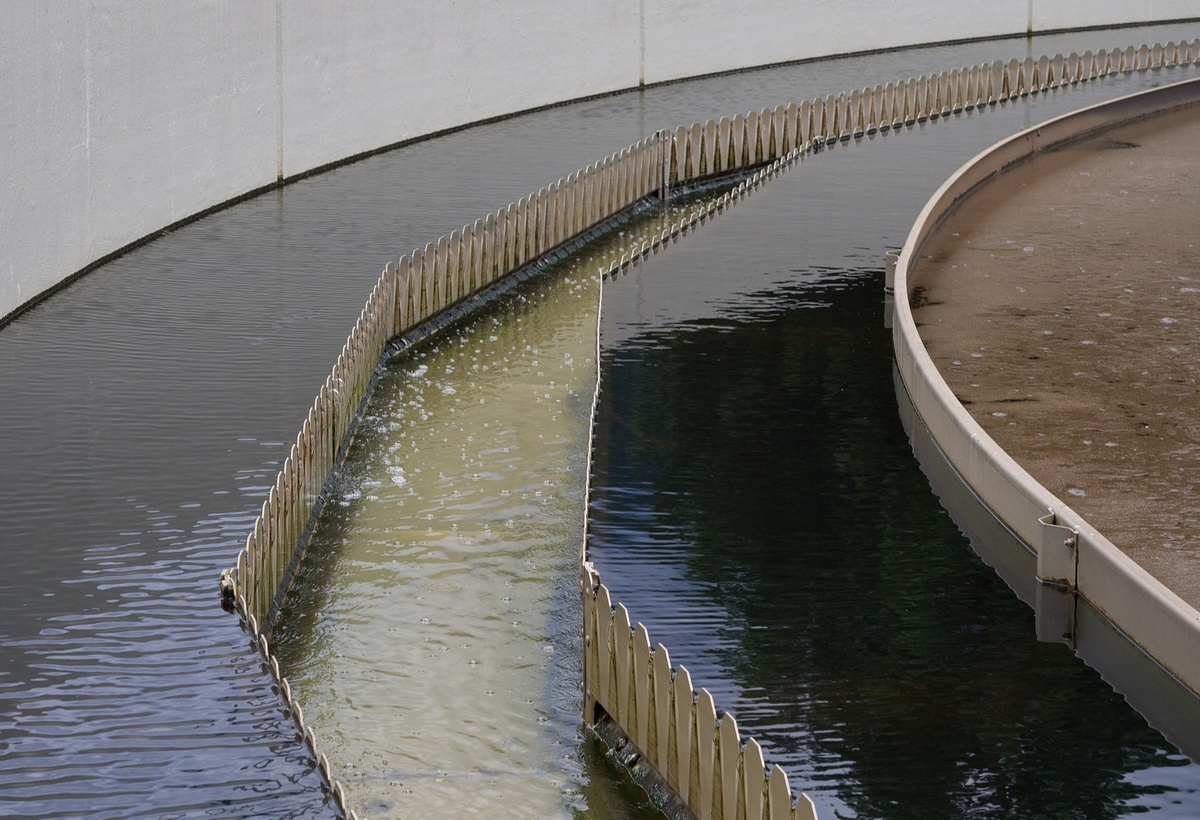
Scientist Receives TAF Award for a Nitrogen Sensor Technology to Advance Septic Systems
Qingzhi Zhu, PhD, Associate Professor in the School of Marine and Atmospheric Sciences (SoMAS) at Stony Brook University, has received a SUNY Technology Accelerator Fund (TAF) award for his research to develop a low-cost, high-accuracy nitrogen detecting system for wastewater systems.
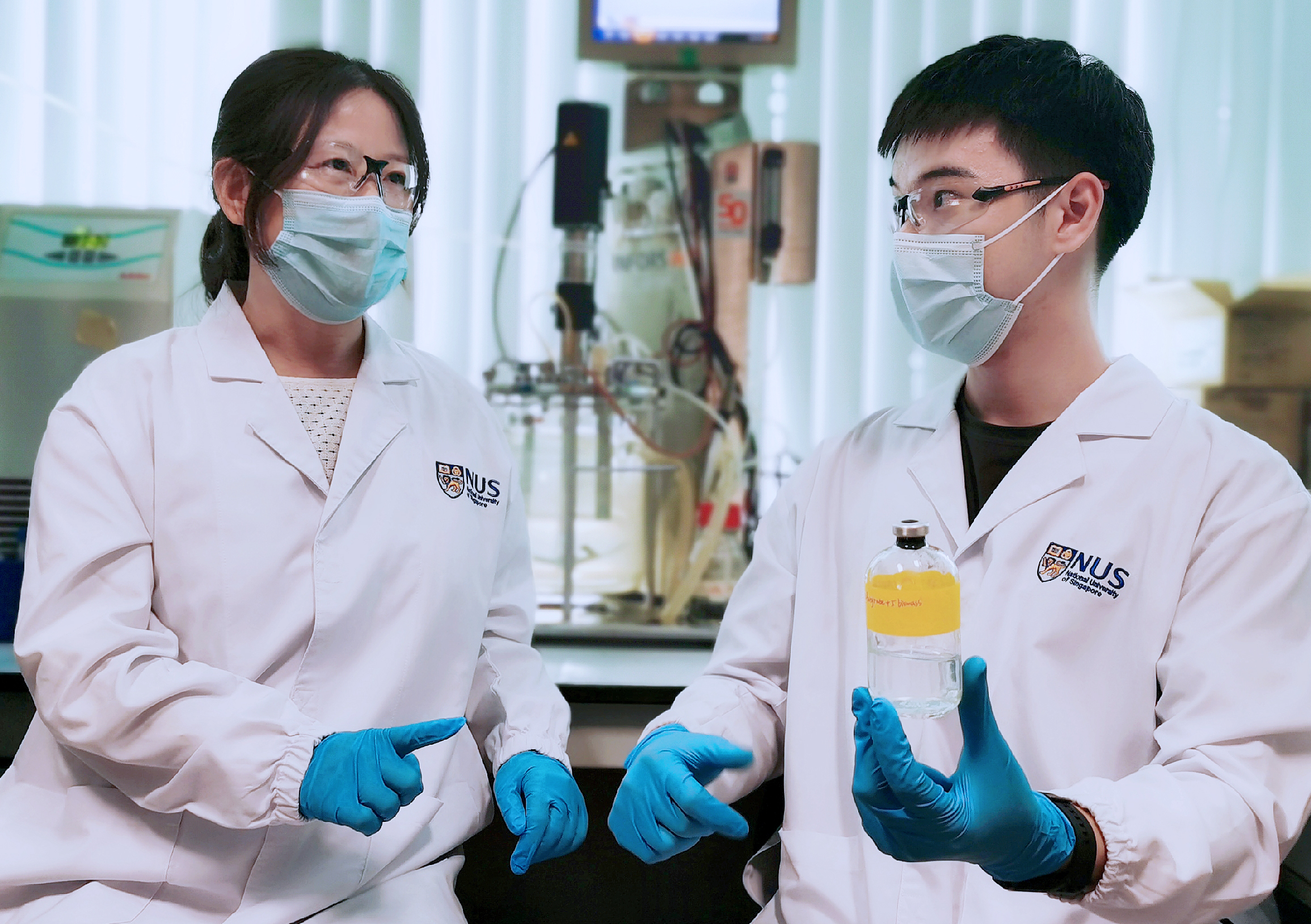
NUS engineers found new multitasking microbe for simpler, cheaper and greener wastewater treatment
Researchers from NUS have discovered a new strain of bacterium that can remove both nitrogen and phosphorous from sewage wastewater. Their findings offer a simpler, cheaper and greener method of wastewater treatment.
SARS-CoV-2 in wastewater solids could help monitor COVID-19 spread
Researchers reporting in ACS’ Environmental Science & Technology have discovered that measuring SARS-CoV-2 in settled solids from sewage treatment plants could be a more sensitive approach than measuring the virus in wastewater flowing into the facilities.
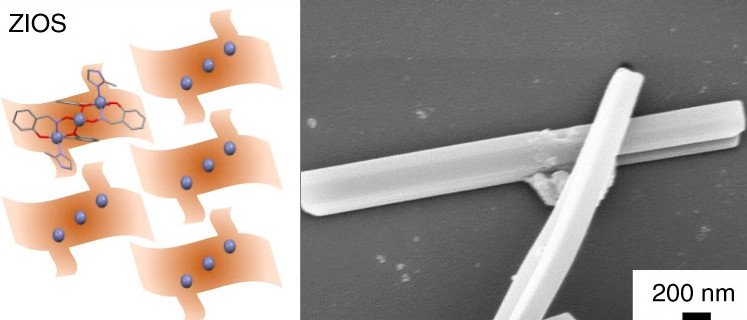
New Material Designed by Berkeley Lab ‘Mines’ Copper from Toxic Wastewater
A research team led by Berkeley Lab has designed a new material – called ZIOS (zinc imidazole salicylaldoxime) – that extracts copper ions from mine wastewater with unprecedented precision and speed.
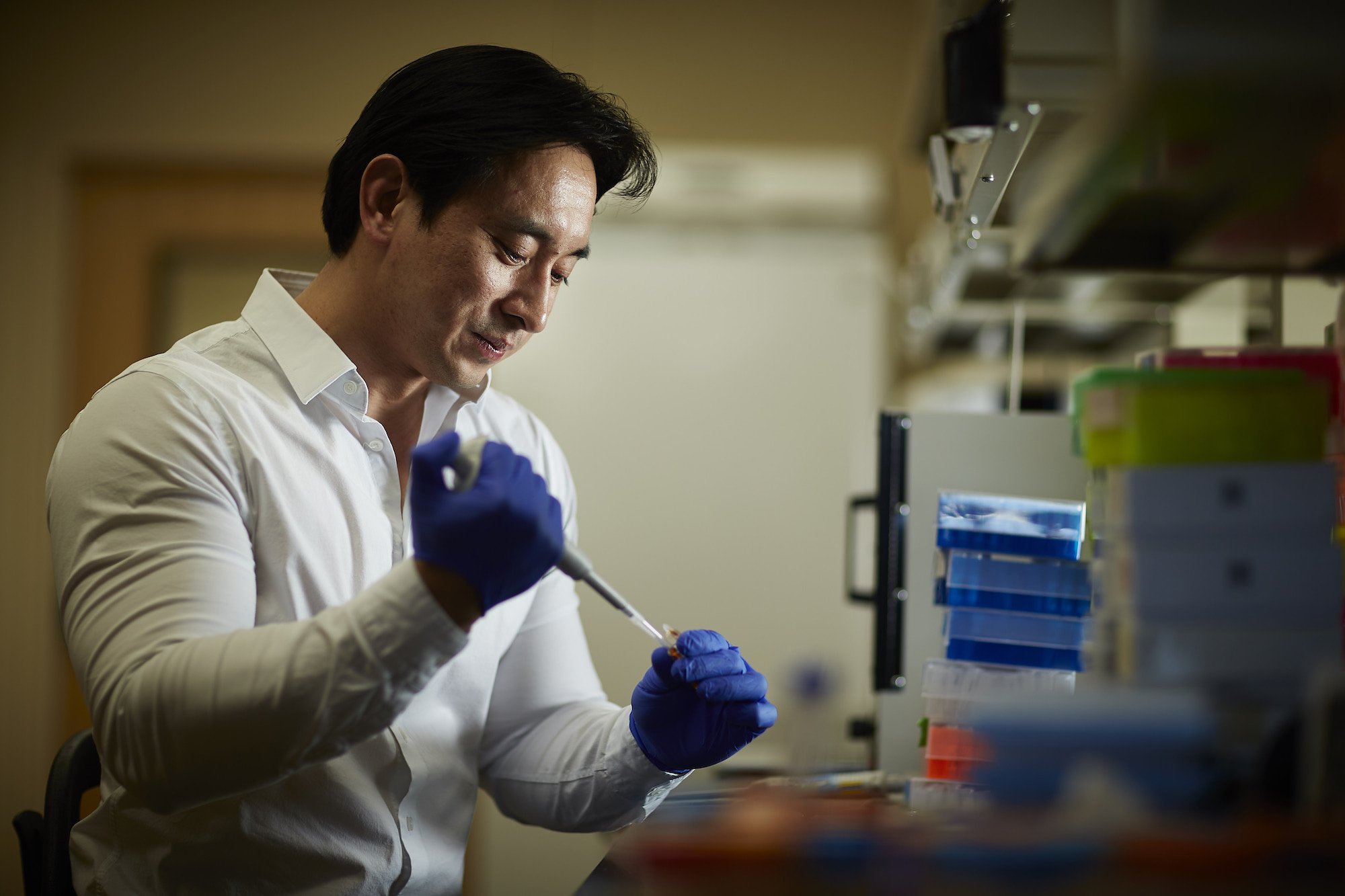
Testing Wastewater for COVID-19
UNLV researcher Edwin Oh and colleagues have implemented wastewater surveillance programs to screen samples for the presence of COVID-19 and to extract the RNA from the SARS-COV-2 virus to find targets that make vaccines more effective.
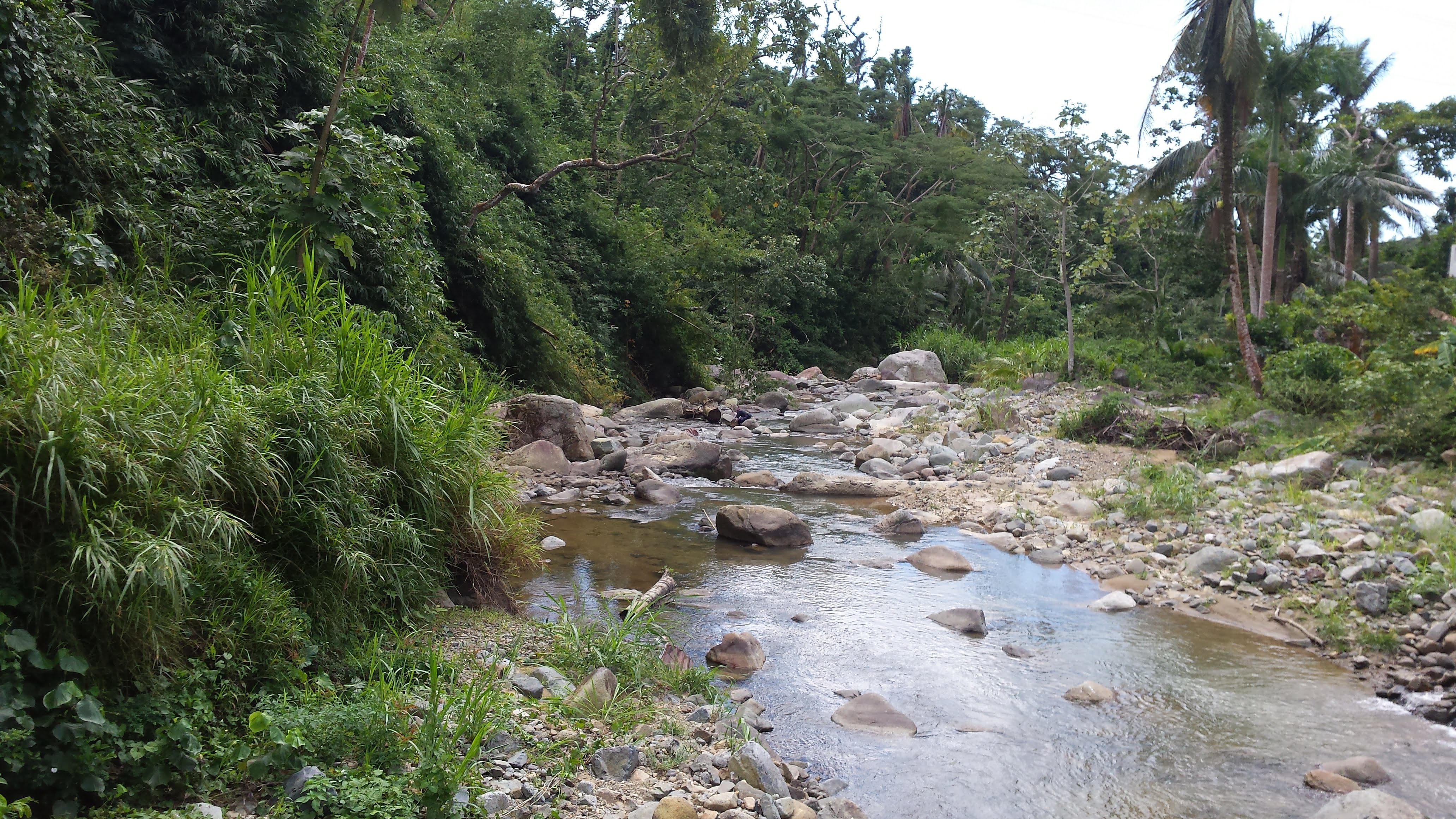
Antibiotic resistance genes in three Puerto Rican watersheds after Hurricane Maria
Researchers monitored antibiotic resistance genes (ARGs) in three Puerto Rican watersheds after Hurricane Maria, finding that the abundance and diversity of ARGs were highest downstream of WWTPs. They report their results in ACS’ Environmental Science & Technology.
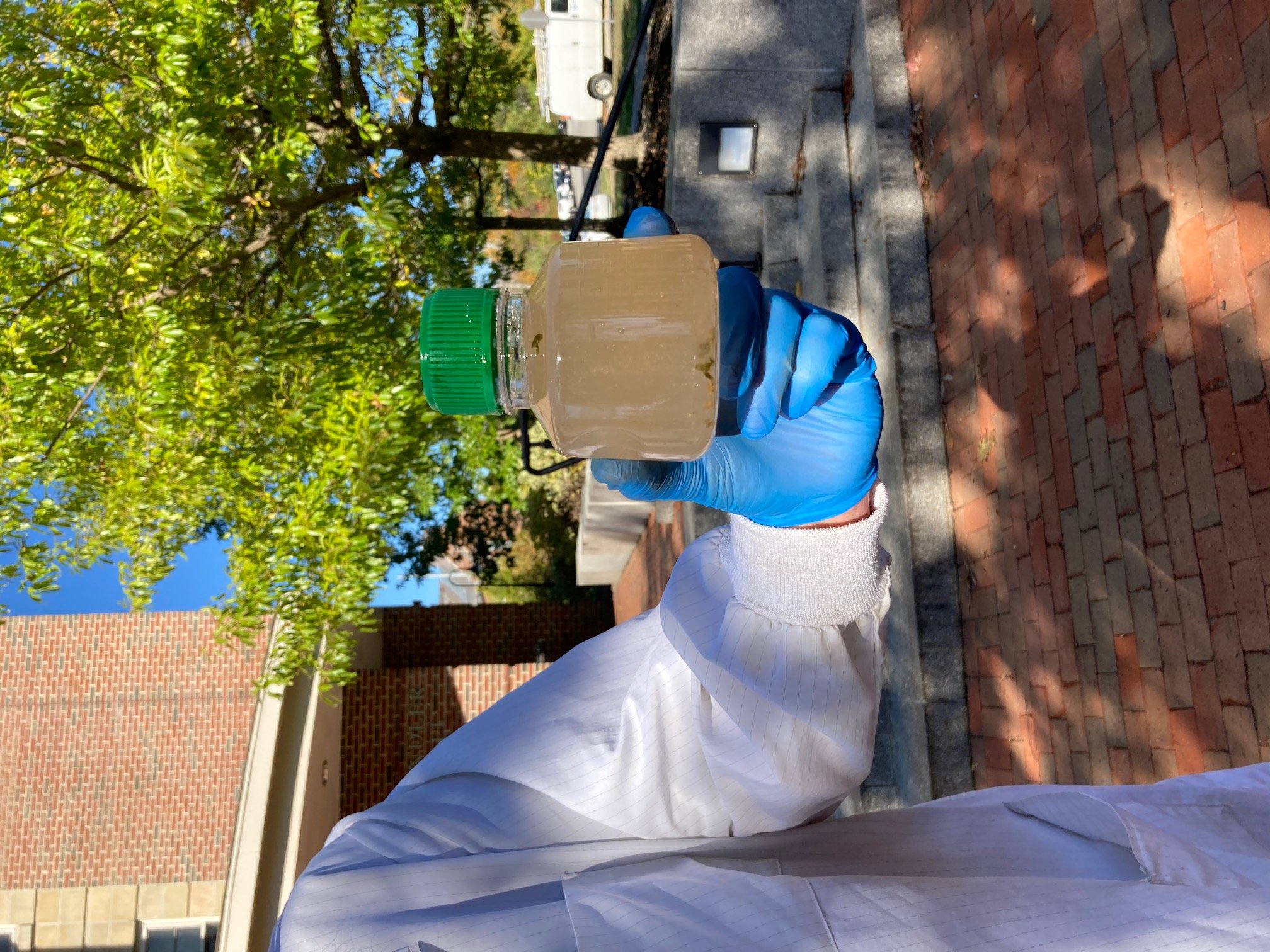
UNH Digs Deep Testing Wastewater for Early Warning Signs of COVID-19
The University of New Hampshire has gone underground to flush out cases of the coronavirus by testing wastewater on campus. The sewage sampling is being used as a secondary surveillance method to the already required twice a week individual nasal test to track and detect SARS-CoV-2, the virus that causes COVID-19.
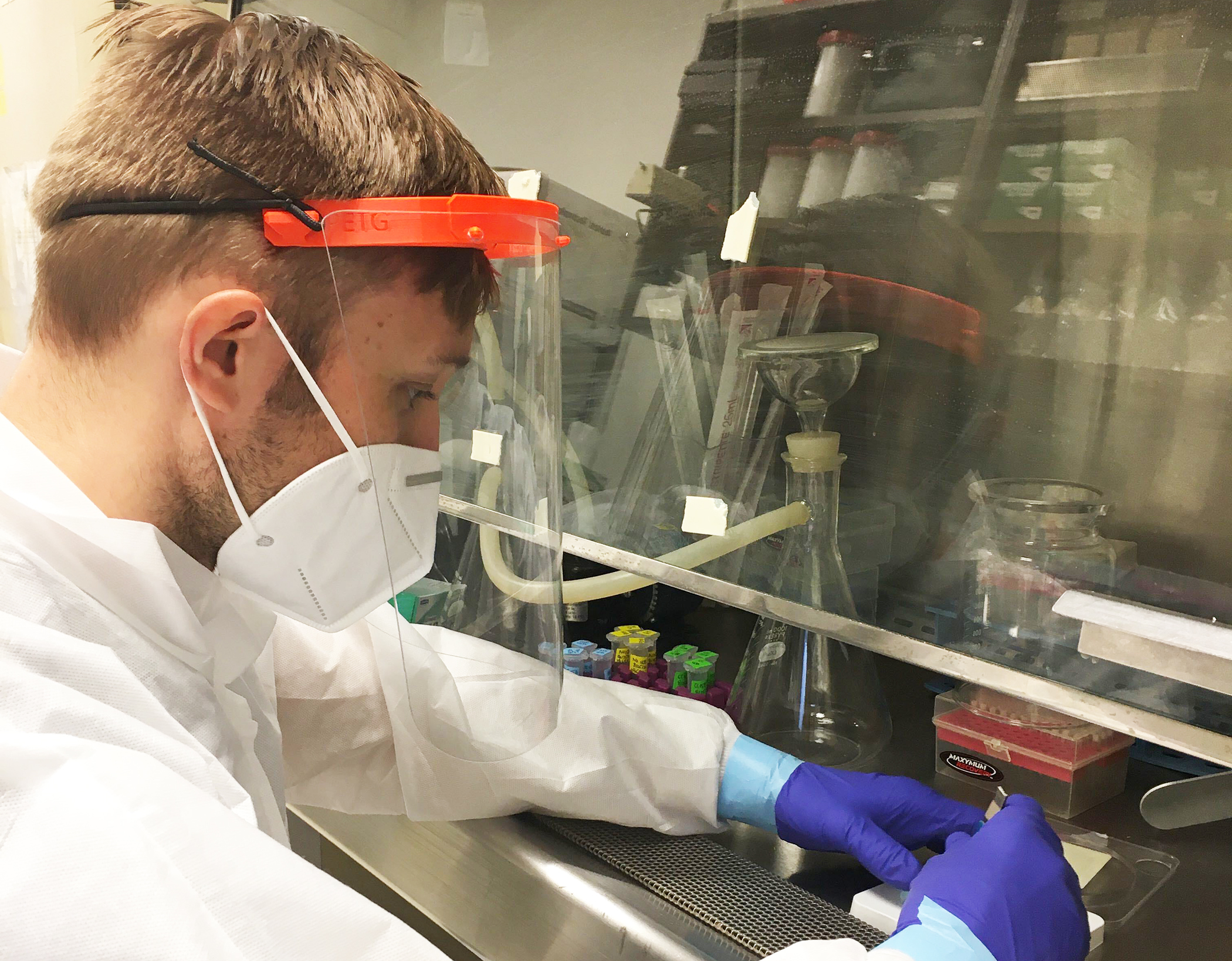
Researchers track COVID-19 in Athens wastewater
Researchers at the University of Georgia have developed a way to monitor the spread of COVID-19 in Athens using wastewater.
The widespread footprint of blue jean microfibers
Researchers reporting in ACS’ Environmental Science & Technology Letters have detected indigo denim microfibers not only in wastewater effluent, but also in lakes and remote Arctic marine sediments.
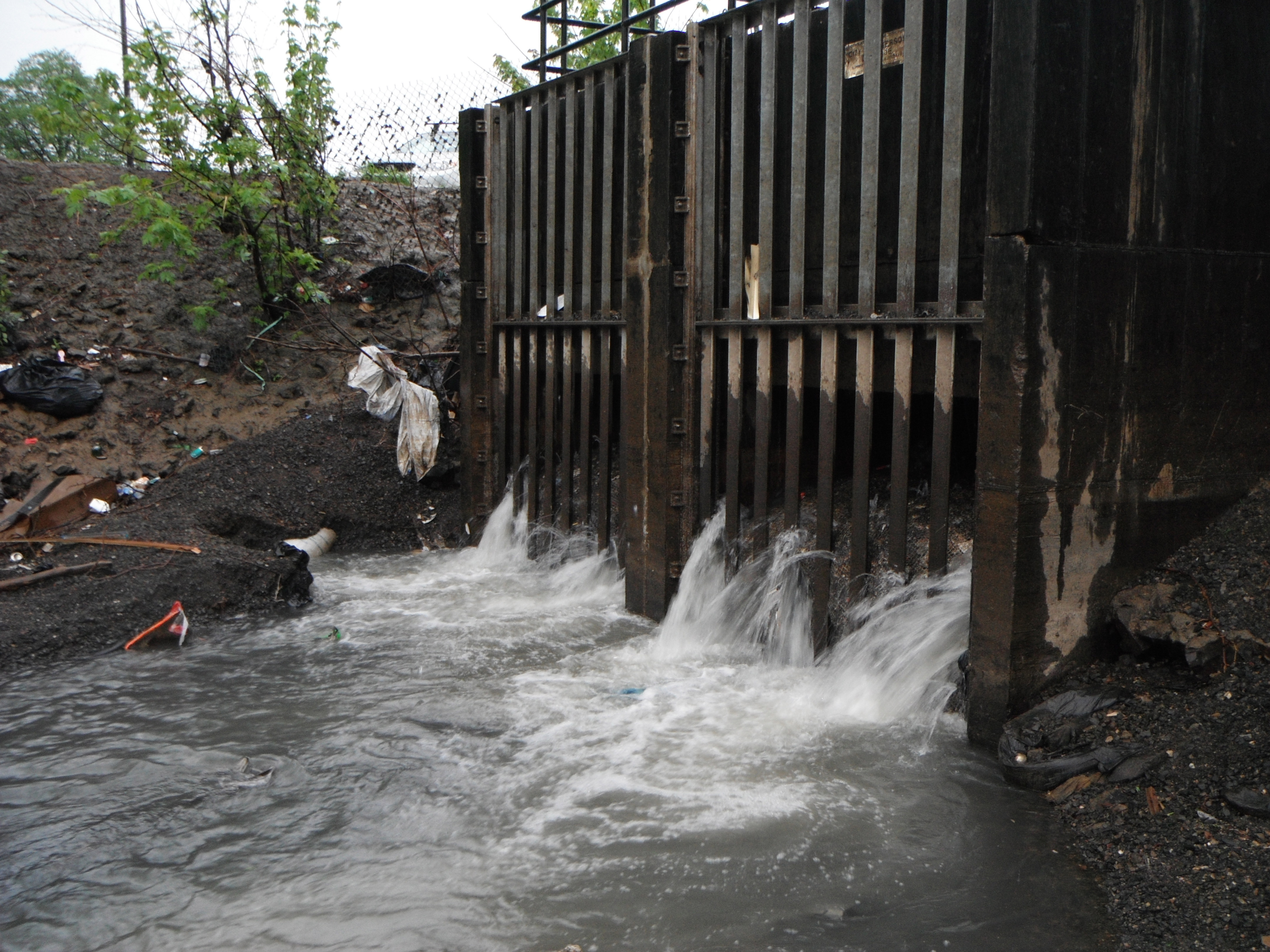
Harmful Microbes Found on Sewer Pipe Walls
Can antibiotic-resistant bacteria escape from sewers into waterways and cause a disease outbreak? A new Rutgers study, published in the journal Environmental Science: Water Research & Technology, examined the microbe-laden “biofilms” that cling to sewer walls, and even built a simulated sewer to study the germs that survive within.
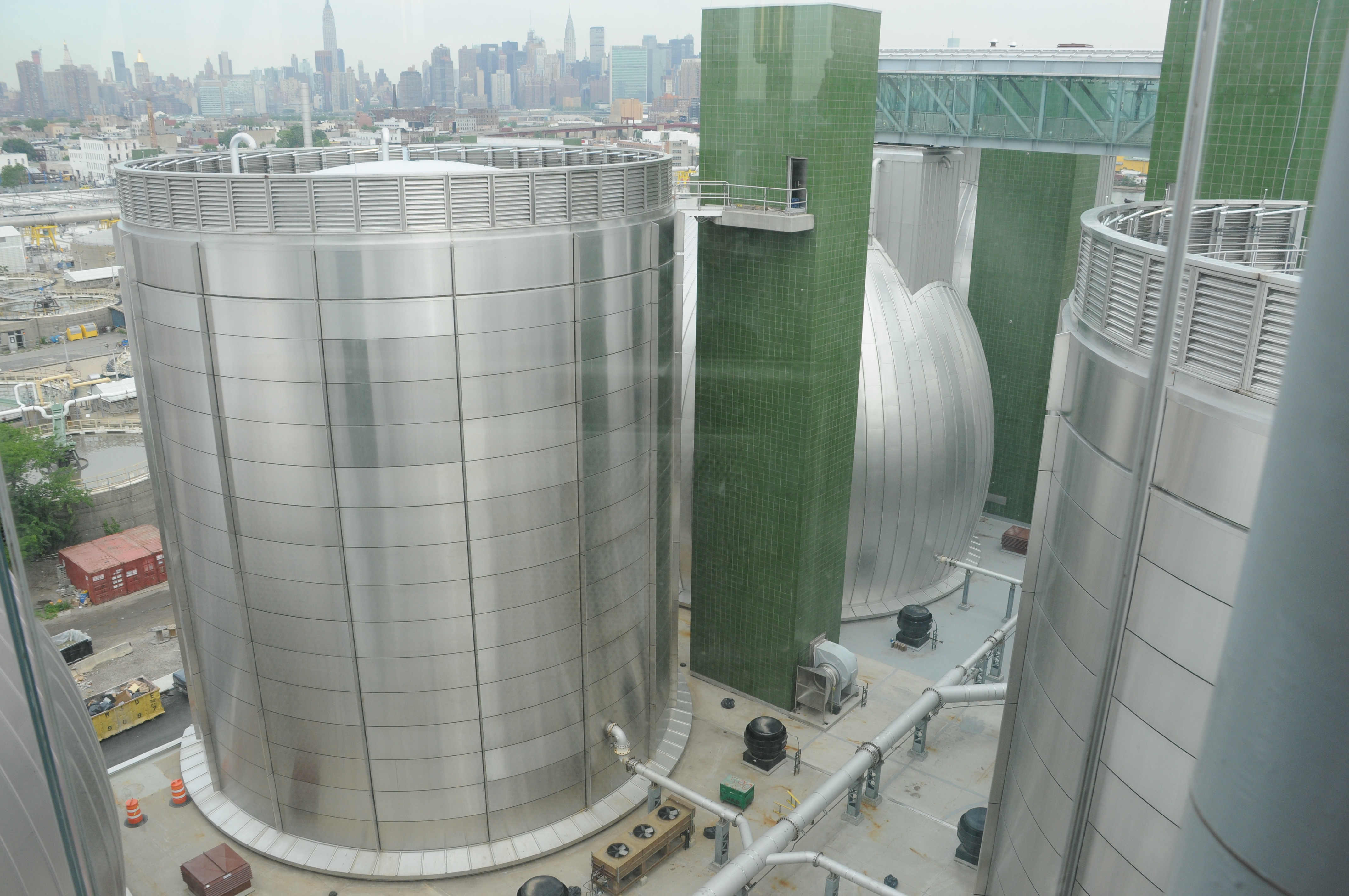
Researchers tracking COVID-19 in wastewater to join forces on framework for translating data into a public health response
Researchers from four institutions will create a “startup blueprint” that cities can use to implement SARS-CoV-2 surveillance at their area’s wastewater treatment plants. Funded by the Sloan Foundation, the action plan they develop could be used to monitor COVID-19 and other pathogens.

Researchers flush out worrying trend of designer drug use
In a sign that designer drugs are becoming more prevalent in Australia, synthetic cathinones – commonly known as ‘bath salts’ – have been detected in the nation’s wastewater in the largest study of its kind in the country.
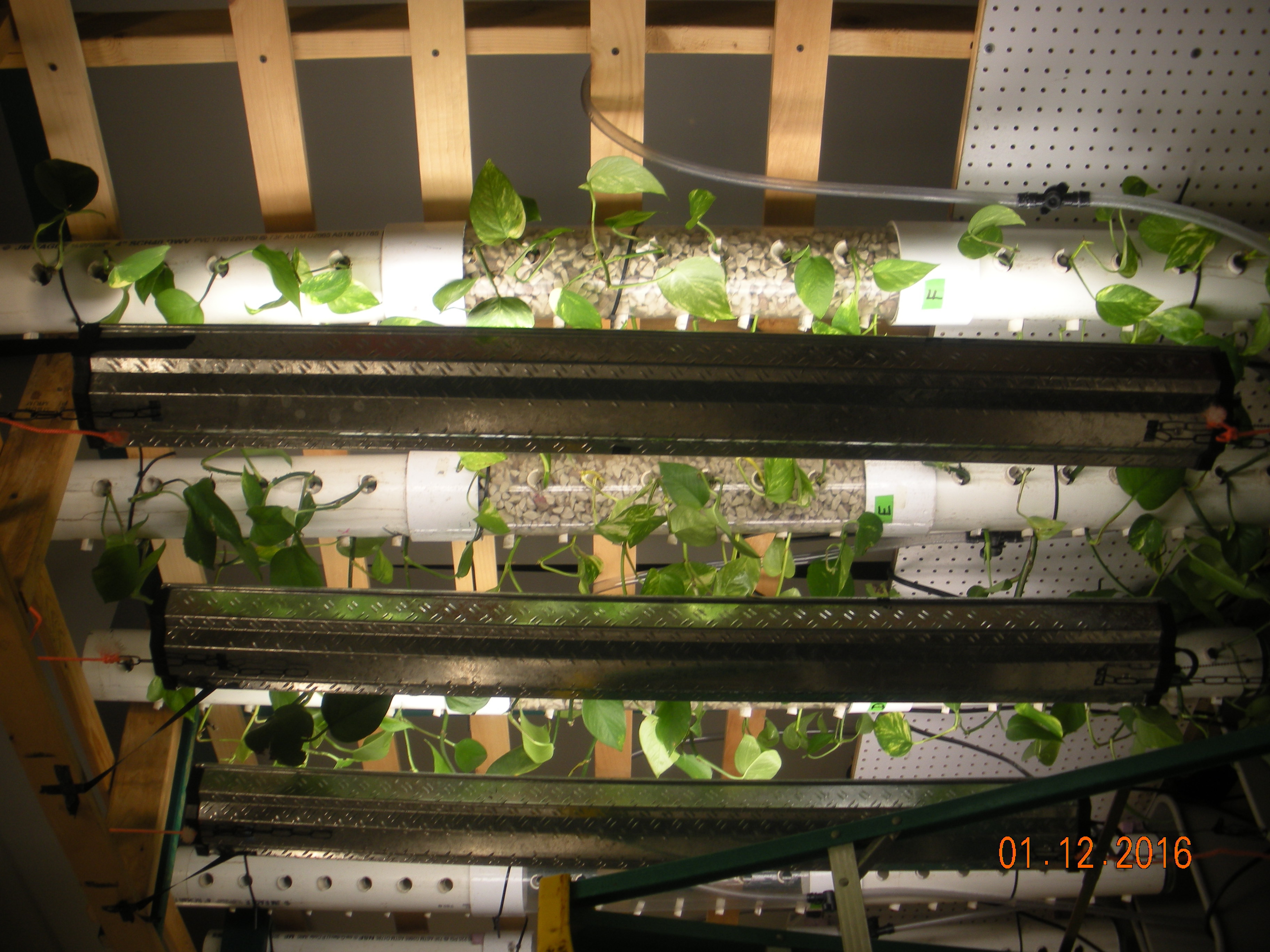
Living Walls: University Researchers Develop Green Tech for Treating Wastewater from Microbreweries
SUNY College of Environmental Science and Forestry (ESF) and Rochester Institute of Technology (RIT) researchers received a patent for green wall technology that will provide craft breweries cost-effective and sustainable options for wastewater treatment. The team found a way to make the common Pothos and recycled glass an environmental solution to support the growing microbrewery trend in the region.
Using Wastewater to Track, Contain SARS-CoV-2
Researchers took a novel approach to tracking the virus that causes COVID-19 that promises to be cost effective and ensure privacy by using a method that surveils for the virus in a local’s untreated wastewater facilities.

Notre Dame researchers to study wastewater, focus on short-term forecasts in response to pandemic
Alex Perkins and Kyle Bibby are looking at short-term forecasts of potential infection and are monitoring spread of the coronavirus in wastewater.
Rutgers Experts Available to Discuss Environmental Protection During COVID-19 Crisis
New Brunswick, N.J. (April 15, 2020) – Rutgers University–New Brunswick professors Nicole Fahrenfeld and John Reinfelder are available for interviews on environmental protection issues during the COVID-19 pandemic. Fahrenfeld can discuss issues including microbial water quality, sewer issues (including what…
Pharma’s potential impact on water quality
In ACS’ Environmental Science & Technology, researchers report that a single pharmaceutical manufacturing facility could be influencing the water quality of one of Europe’s most important rivers.
Treating wastewater with ozone could convert pharmaceuticals into toxic compounds
Researchers have found that ozone treatment and subsequent chlorination can convert trace amounts of some pharmaceuticals in wastewater into DBPs called halonitromethanes.
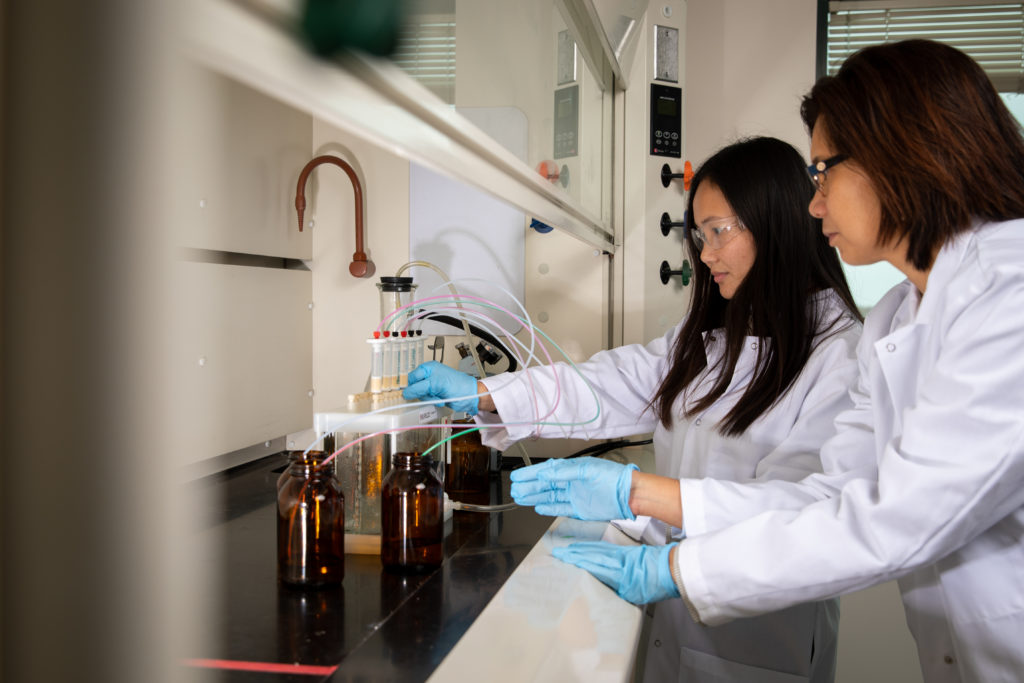
Study: How U.S. sewage plants can remove medicines from wastewater
A study of seven wastewater treatment plants points to two treatment methods — granular activated carbon and ozonation — as being particularly promising for reducing the concentration of pharmaceuticals including certain antidepressants and antibiotics.
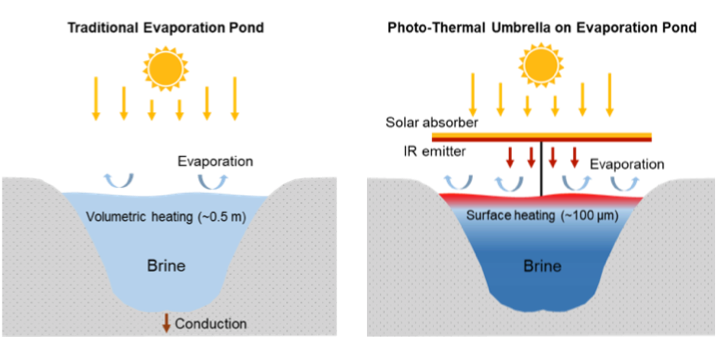
Polluted Wastewater in the Forecast? Try A Solar Umbrella
Evaporation ponds, commonly used in many industries to manage wastewater, can occupy a large footprint and often pose risks to birds and other wildlife, yet they’re an economical way to deal with contaminated water. Now researchers at Berkeley Lab have demonstrated a way to double the rate of evaporation by using solar energy and taking advantage of water’s inherent properties, potentially reducing their environmental impact. The study is reported in the journal Nature Sustainability.

Mapping international drug use through the world’s largest wastewater study
A seven-year project monitoring illicit drug use in 37 countries via wastewater samples shows that cocaine use was skyrocketing in Europe in 2017 and Australia had a serious problem with methamphetamine.